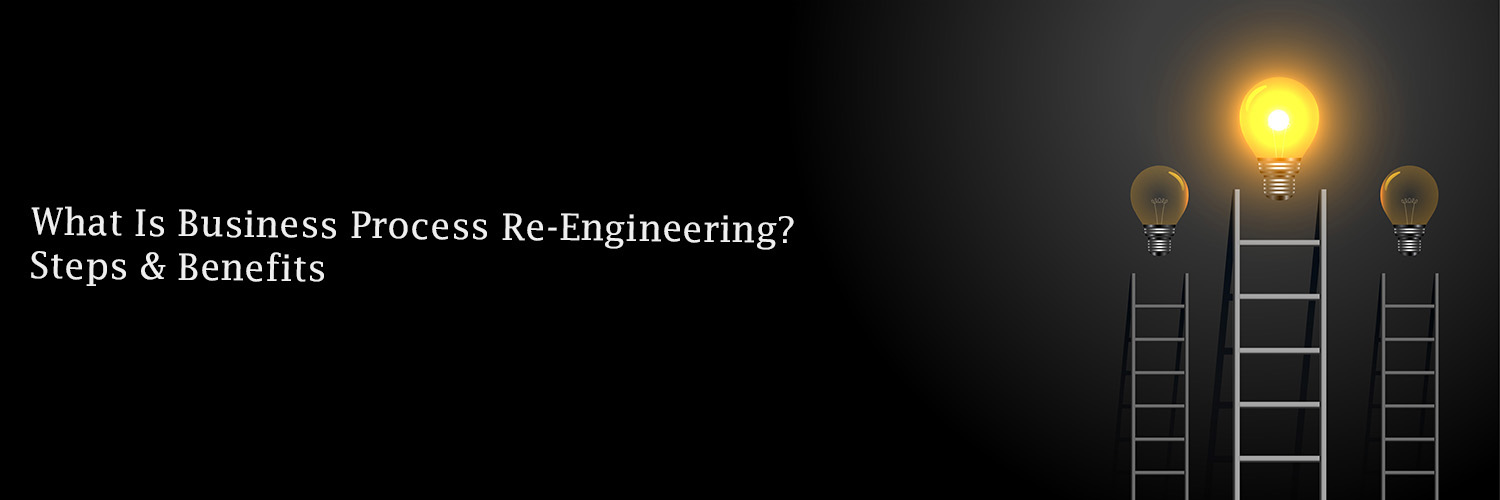What is Business Process Re-engineering? Steps & Benefits
Your company could be growing as you planned. You could be achieving all the goals that have been part of your business plan from day one. Regardless, there could still be room for improvement in your business processes.
Changing the existing business processes is not easy since it involves altering how different operations run. While the team may be accustomed to old, inefficient practices, a business is frequently hesitant to change its processes due to resources invested in the past.
However, adapting to current business trends and adjusting business processes to meet an organization's ever-changing needs is critical to increasing efficiency. Needless to say, it ultimately means enjoying greater short- and long-term returns.
Business Process Re-engineering (BPR) refers to the remodeling of business processes aimed at improving business performance. It includes assessing the existing procedures to identify redundancies and eliminate unnecessary steps and introducing new measures that help an enterprise cut costs and perform optimally. BPR results in impressive improvements in key business areas, such as cost, quality, time, service, and speed.
5 Major Steps of Business Process Re-engineering (BPR)
Here’s a brief explanation of 5 primary steps involved in Business Process Re-engineering;
1. Figure out where a business currently stands
How could you improve a business process without understanding its current state? The first step of BPR is all about collecting data from different resources, including stakeholders, such as investors, employees, suppliers, etc. Information is also extracted from software and computers used by the business.
2. Conduct a thorough analysis of each process to identify gaps
In this step, all the gathered information from various resources is used to understand each process and find out where it is lacking. It is crucial to identify gaps in a process that are preventing it from running efficiently.
3. Identify and validate ways of re-engineering the current business processes
Now is the time to eliminate all unnecessary steps while automating the ones that are of no value but require manual work. For example, if a step within the business process is for communicating a piece of information to a person, replace it with an email trigger or notification. Process updates can be validated through a trial run.
4. Design a new, advanced blueprint for business processes
Develop a new plan that is free from all redundancies and solves every problem effectively. This is your time to shine, so come up with unique and valuable ideas to improve business performance. Make sure to set specific KPIs for each step involved in the business process to monitor its success.
5. Implement the new changes after informing everyone who would be directly affected
Get everyone on board with the re-engineered business processes before implementing them. Tell all those whose work would be affected to ensure no one is confused later. Closely monitor the KPIs you set in the preceding step to confirm that every change is proving fruitful.
Steps of Business Process Re-engineering (BPR) may differ based on organization and industry. However, the five discussed here are the basic ones primarily followed in BPR.
Contact Sigma Consultancy to analyze your business processes and make them more efficient and productive.
